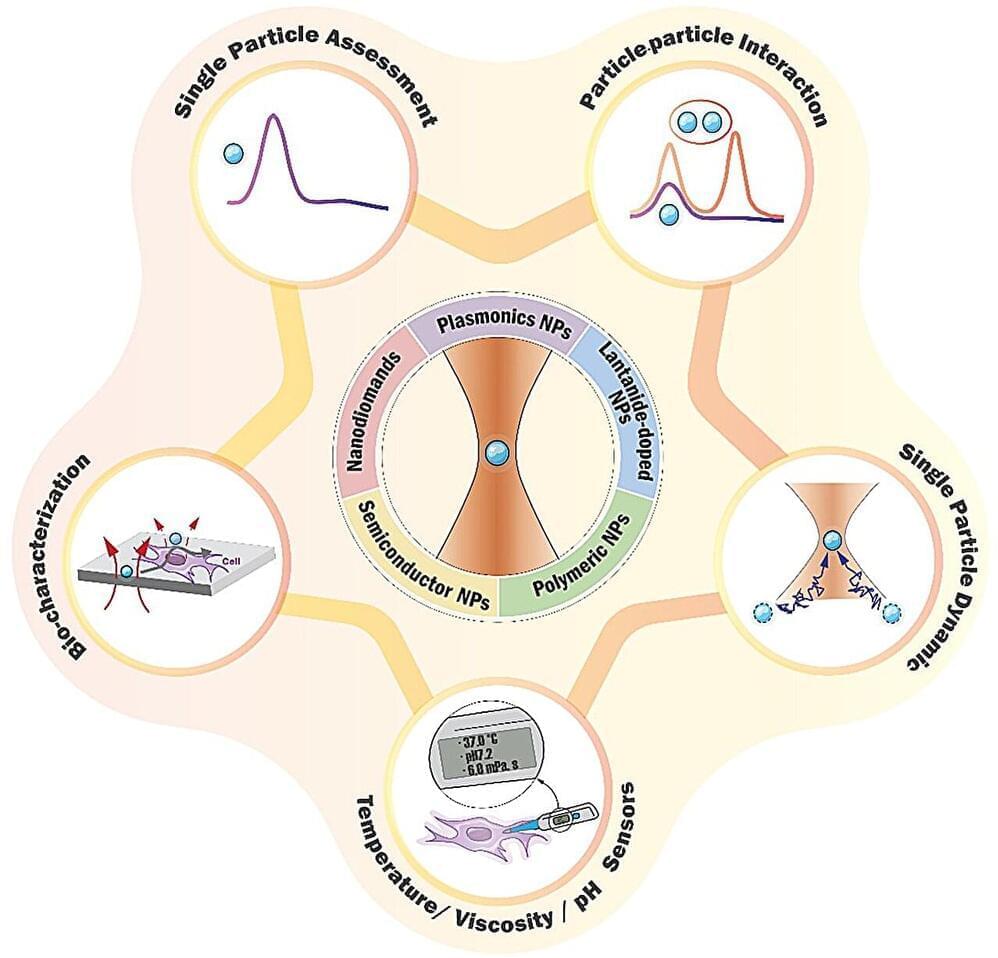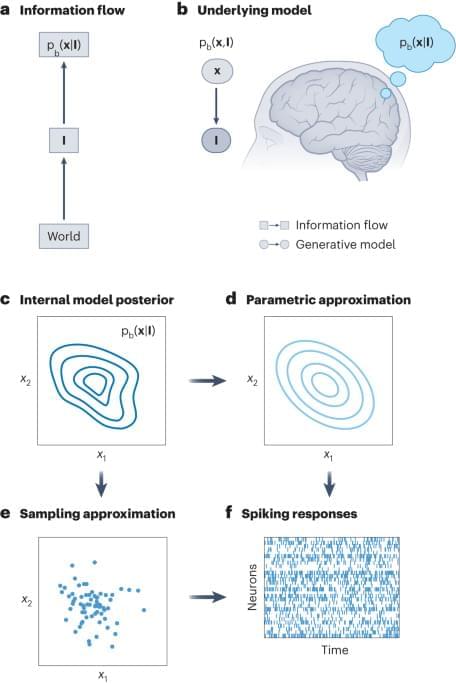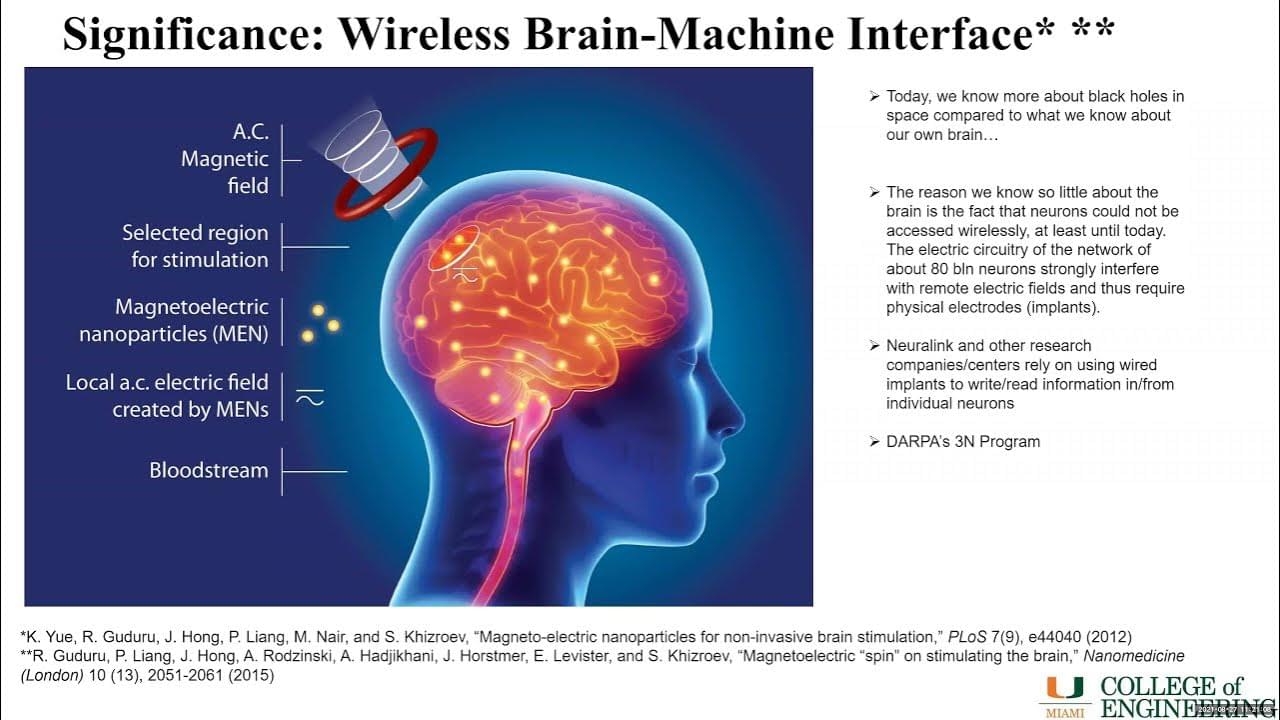Nov 26, 2023
The AI Time Machine: When Will Superintelligence Arrive?
Posted by Dan Breeden in categories: biotech/medical, robotics/AI, supercomputing, time travel
Buckle up, because we’re entering the era of thinking machines that make humans look like chattering chimps! But don’t worry about polishing your resume to impress our future robot overlords just yet. The experts are wildly divided on when superintelligent AI will actually arrive. It’s like we’re staring at an AI time machine without knowing if it will teleport us to 2 years from now or 2 decades into the future!
In one corner, we have Mustafa Suleyman from Inflection AI. He says take a chill pill, we’ve got at least 10–20 more years before the AI apocalypse. But hang on…his company just whipped up the world’s 2nd biggest AI supercomputer! It’s cruising with 3X the horsepower of GPT-4, the chatbot with reading skills rivaling a university professor. So something tells me Suleyman’s timeline is slower than your grandma driving without her glasses.
Continue reading “The AI Time Machine: When Will Superintelligence Arrive?” »

















